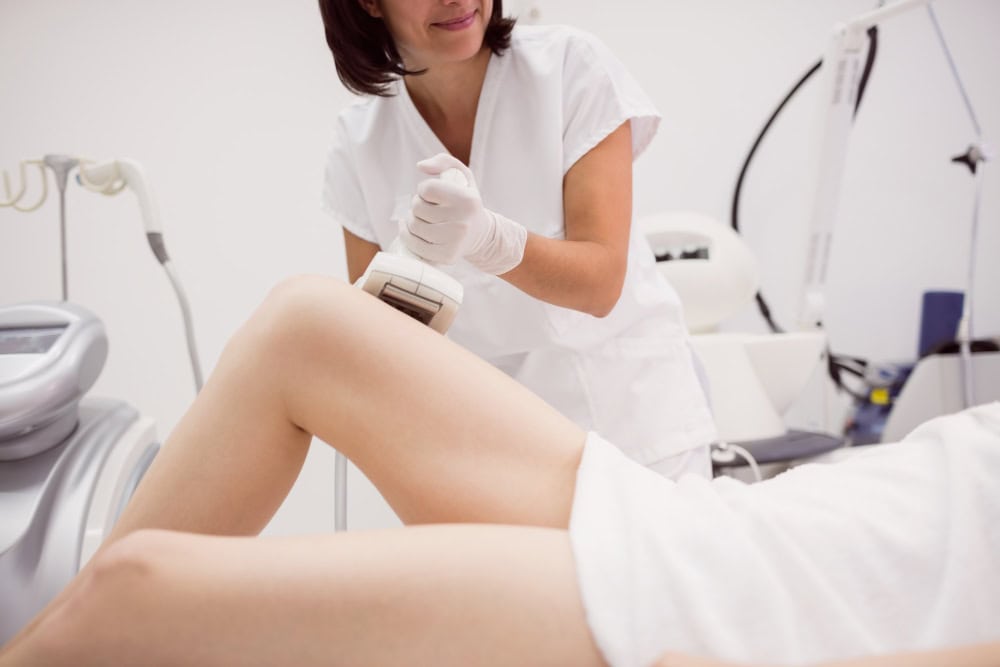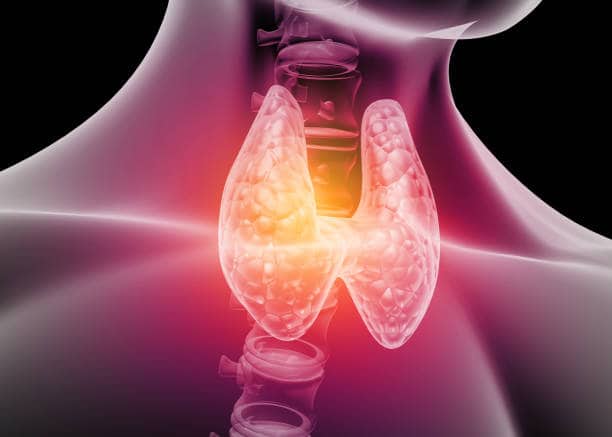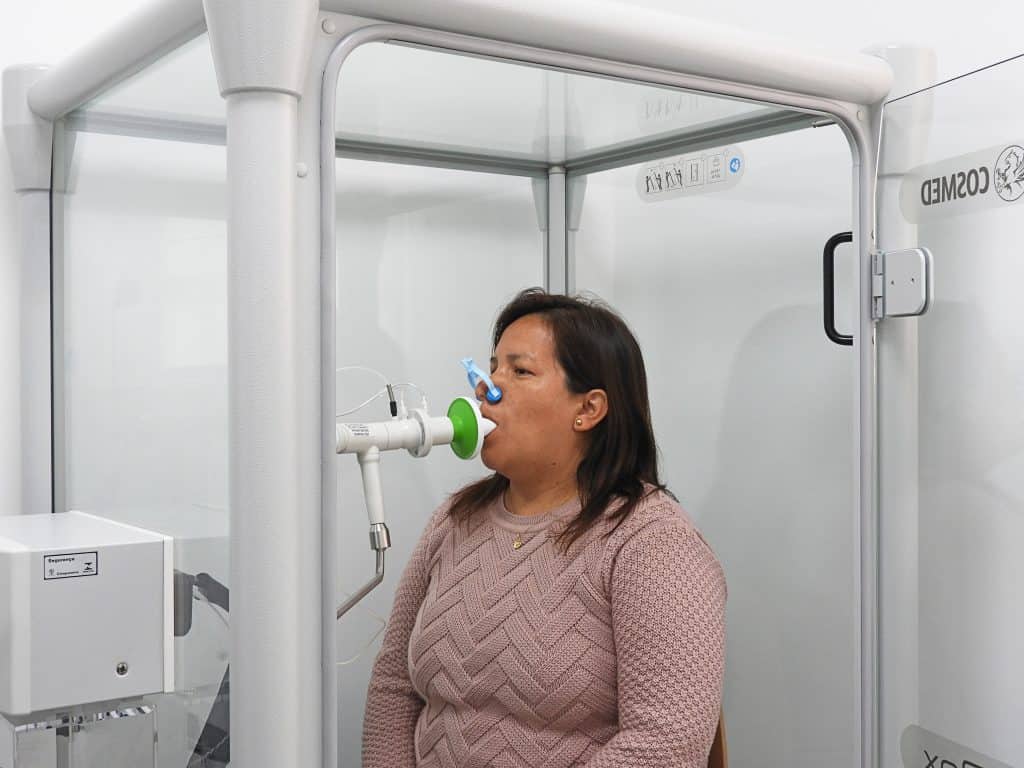
Can You Do Laser Hair Removal After Electrolysis?
You’ve tried electrolysis, but is your hair removal journey really over? Some stubborn hairs may persist, leaving you wondering if laser hair removal could be the next step. But is

You’ve tried electrolysis, but is your hair removal journey really over? Some stubborn hairs may persist, leaving you wondering if laser hair removal could be the next step. But is

When it comes to heart care, choosing the right specialist can be challenging. Should you see a cardiologist or a cardiac surgeon? Both play essential roles in treating heart conditions,

What if your heart was sending silent distress signals—would you recognize them? Heart disease often develops without obvious symptoms, making early diagnosis a life-saving challenge. How do cardiologists uncover hidden

Have you ever felt a sharp pain with every step, only to discover a stubborn corn on your foot? These small but painful patches of hardened skin can make walking

Imagine investing in a sleek gadget that promises to eliminate unwanted hair comfortably at home. Sounds ideal, doesn’t it? But are home laser hair removal devices truly effective, or is

When it comes to pinpointing thyroid issues, modern medicine relies on a fascinating tool: radioisotopes. But how do these specialized substances unlock the secrets of your thyroid health? The answer

Professional laser hair removal has become a popular choice for achieving long-lasting smooth and hair-free skin. This cosmetic procedure offers a convenient alternative to traditional hair removal methods such as

Have you been experiencing shortness of breath or other respiratory issues? Discovering where to get a pulmonary function test (PFT) is essential for understanding your lung health. Let’s explore your

As we age, our lungs, like many other parts of our bodies, may begin to show signs of wear and tear. Pulmonary function tests (PFTs) are valuable diagnostic tools that